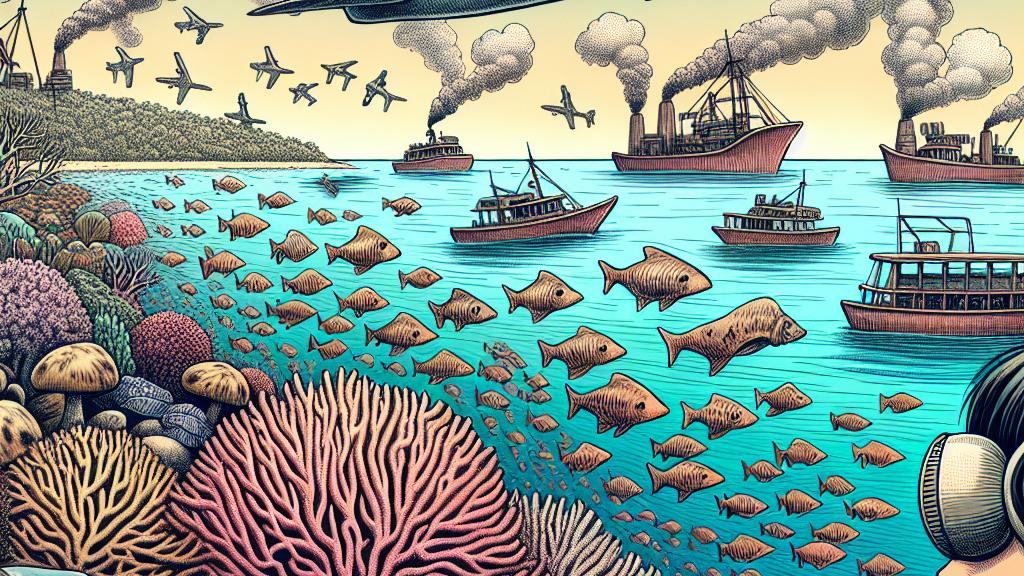Understanding How Human Noise Affects Nature
Overview
- Human activities have profoundly transformed the natural soundscape surrounding us.
- The surge in noise pollution disrupts animal behavior, posing threats to entire ecosystems.
- Rediscovering and embracing silence is vital for the well-being of diverse species.

The Widespread Impact of Human Noise
Amidst the breathtaking beauty of the Great Barrier Reef in Australia, the constant din of human activities has permeated even the most secluded marine habitats. Leading researchers such as Jérôme Sueur highlight a startling reality: the sounds produced by boats, aircraft, and industrial machinery significantly disrupt the delicate balance of life in these waters. For instance, young corals, which are critical for the health of the reef, rely heavily on the soothing sounds of their environment to locate ideal spots for settling down. Yet, the overwhelming noise from motorboats can confuse these young corals, making it increasingly difficult for them to find a safe place to thrive. This stark example illustrates how human-generated noise can throw off the natural harmony that myriad species depend upon for survival.
The Fascinating Science of Sound in Nature
Sound is not merely a backdrop; it is the lifeblood that connects a rich tapestry of wildlife. Sueur's intriguing book unearths the various ways animals communicate through sound, offering a vibrant glimpse into their unique auditory worlds. Imagine the rhythmic mating calls of cicadas filling the air on humid summer nights or the cheerful trills of songbirds competing for attention within lush forests. Each species boasts its distinct form of 'sound language,' enabling them to relay important messages and reinforce social bonds. However, when we inundate the environment with our noise, these essential dialogues become muffled, creating a disruptive void that threatens the intricate connections among countless species.
A Powerful Call for Embracing Silence
Sueur compellingly argues that silence is not just a comforting escape; it is an indispensable resource, akin to food and water, vital for survival. Picture yourself wandering through a pristine, untouched forest, where the gentle rustling of leaves and the whispers of the wind become your symphony. In these precious moments, you can truly appreciate the extraordinary beauty of the natural world. When we consciously decide to minimize our noise footprint, we create a sanctuary that allows ecosystems to thrive and rejuvenate. Embracing silence, then, is not merely an act of self-reflection; it can lead to profound positive change, restoring the natural rhythms that sustain all life and reminding us of our interconnectedness with the environment.

Loading...